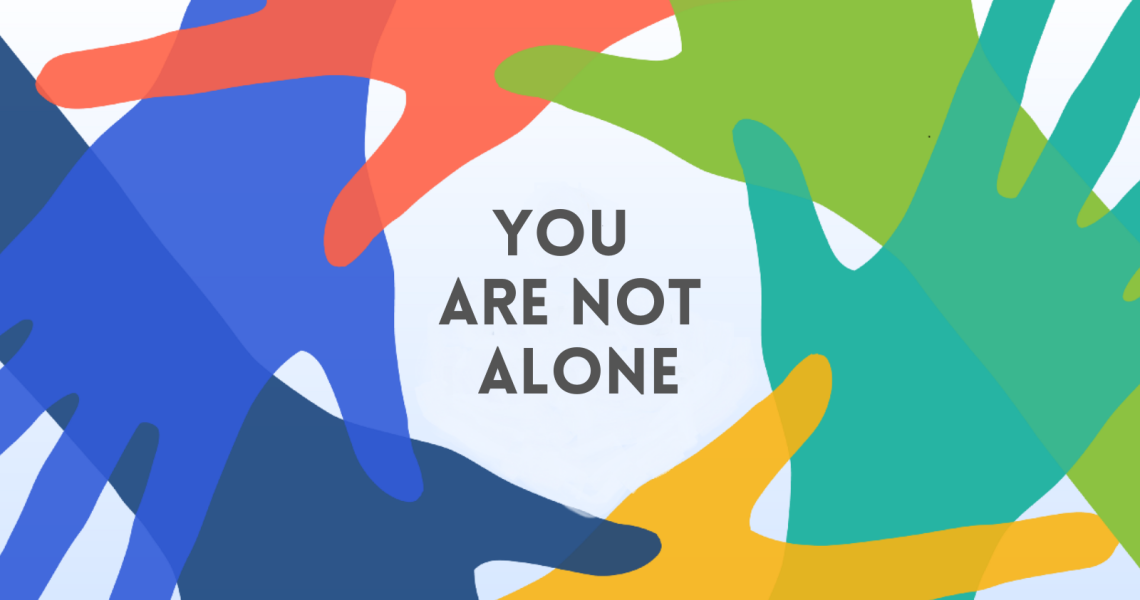INTRODUCTION

Suicide awareness is a proactive effort to raise awareness around suicidal behaviors. It is focused on reducing social stigmas and ambiguity , by bringing attention to suicide statistically and sociologically, and encouraging positive dialogue and engagement as a means to prevent suicide. Suicide awareness is linked to suicide prevention as both address suicide education and the dissemination of information to ultimately decrease the rate of suicide. Awareness is a first stage that can ease the need for prevention. Awareness signifies a fundamental consciousness of the threat, while prevention focuses on stopping the act. Suicide awareness is not a medical engagement, but a combination of medical, social, emotional and financial counseling.





